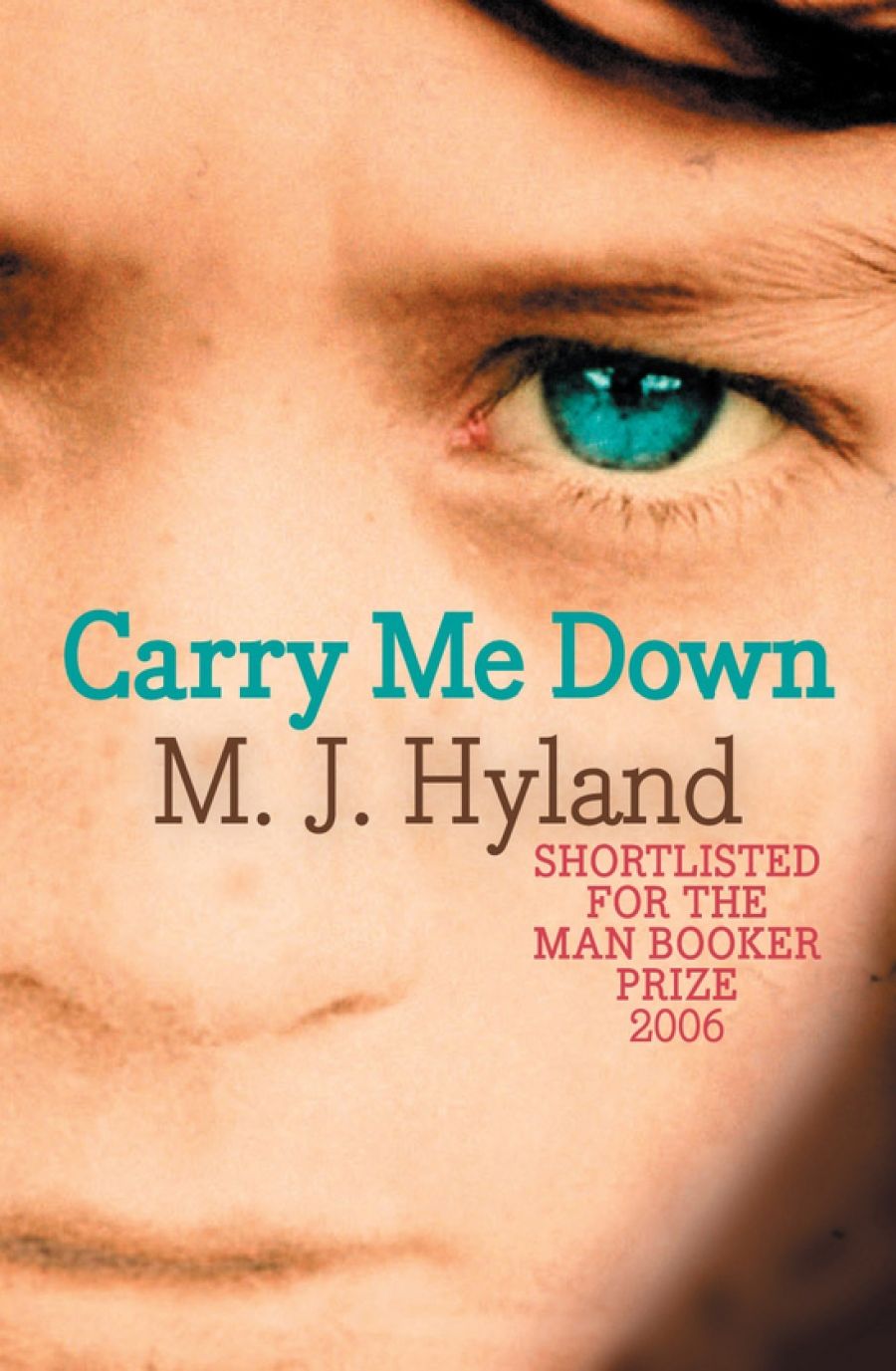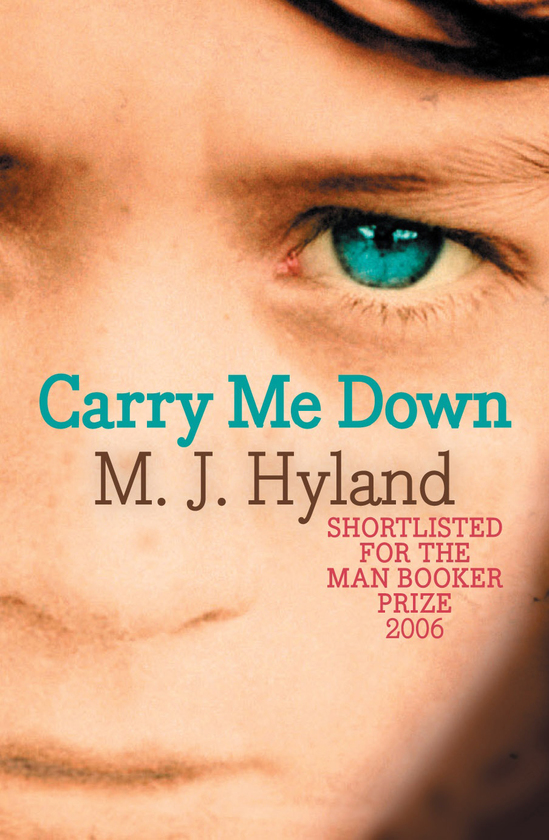
- Free Article: No
- Contents Category: Fiction
- Review Article: Yes
- Article Title: Too much too soon
- Online Only: No
- Custom Highlight Text:
Just how old is John Egan? In a letter to the Guinness Book of Records, he says he is eleven. But the narrative voice of this queer, tormented Irish lad is not that of other boy heroes on the cusp of puberty, the opinionated braggarts whose boasts and fears and primary-coloured perspectives propel their stories. Instead, John’s story lurches from the distractions of the very young to a kind of preternatural knowingness. No wonder John makes everyone around him uneasy. He makes the reader uncomfortable, too.
- Book 1 Title: Carry Me Down
- Book 1 Biblio: Text, $29.95 pb, 304 pp
- Book 1 Cover Small (400 x 600):

- Book 1 Cover (800 x 1200):

Here’s John playing with his soldiers in his bedroom, shortly after his father has sneered at him: ‘I want my soldiers not to be crushed beneath the settee or fall out the window, in the same way that I want the doll in the tree to be comfortable when she sits between the branches; face forward, legs neat, arms relaxed.’ And here he is, one chapter later, making notes about the ways in which people lie, in his secret book: ‘I’ve noticed when people are uncomfortable (as they usually are when they are deceiving somebody) they often reach for something, or touch something nearby: a cup, a book, or the collar of their shirt. In the Gol of Seil, I call this reaching for comfort and reaching for distraction.’
The Gol of Seil (just read the first and last words backwards) is John’s defence against a world that he already believes has betrayed him. He lives with his shiftless father and jittery mother in the cottage of his resentful granny. It’s a house claustrophobic with secrets, but John is practising to become a human lie detector: when people deceive him, he feels nauseous. The brusque excuses of the father he hates can make him vomit; the lies of his beloved mother make him shake with rage. But he believes his polygraphic talents are rare and special, and he hopes the Guinness Book of Records will one day record his lie-detecting abilities and make him famous.
Perhaps it is difficult to pin a believable age on young John when the adults around him are so childish. Hyland vivisects the adults and most of the children in this book with icy misanthropy. John’s father, who hasn’t worked for three years, is the embittered autodidact, substituting sarcastic pedantry for the studies he is supposed to be undertaking for college entrance exams. The mother alternates between fierce, needy affection for her son and equally intense withdrawal. The granny is peevish and selfish, but occasionally sympathetic. Even at school, adults appear dangerously unstable. John is rescued from the taunts of the other children by Mr Roche, a decisive man who empathises with his unpopular charge. But the teacher’s desire to protect this strange little boy is informed by something unhinged: when a snotty girl mocks John for wetting his pants, she is forced to drink from a dog’s bowl in front of the class. As she weeps, the teacher tells her: ‘It’s the likes of you who make the men who rape.’
M.J. Hyland maintains the same steely control she exercised in her début, How The Light Gets In (2003). She is not a writer to wax lachrymose or prolix. Her sentences are so crisp they have hospital corners. Like John, she studies gestures: granny eating with her fingers; the mother moving abruptly out of a cuddle; the boy’s silent rage: ‘I stare at his back and I gesture with my hands as though I am punching him in the head.’ You can see the discipline of the short story writer in the grace notes she pins to the ends of her chapters: ‘Although there are no entries for her yet, Auntie Evelyn is Lonev, and there’s a page headed with her name, Lonev, waiting for the lies she will tell.’
But it takes a while for Hyland to weave a story out of this miserable knot. Halfway through the novel, she kicks John’s family out of their rural endgame, and finds a new location, the Dublin council estates, to play out the conclusion. Here, the claustrophobia is ratcheted up to intolerable levels, and heightened by a grimy surrealism – the feral kids in the foyer, the shrieking baby across the way, the blind sisters upstairs. It is now that the story develops the momentum of tragedy. Curiously, as we are led into extremes, John starts to make more sense. Even his gift for lie detection turns out to be a classic symptom of a distressed childhood.
In John’s wildly uneven levels of maturity, we see the emotionally abused child, knowing too much too soon but incapable of processing it. And often it’s the childlike qualities that will get these kids into trouble. But as a reader, I found John’s voice quite jarring for several chapters. He was not as crafty as the young Tobias Wolff in This Boy’s Life (1989), as hungry, in all its senses, as Frank McCourt in Angela’s Ashes (1996) or as thrillingly mad as Francie Brady in Patrick McCabe’s The Butcher Boy (1992). But John Egan, difficult for characters and readers alike to warm to, grows into his voice as he grows into his gangly body, bringing a fresh perspective to the age-old story of the lonesome child lighting out for new territories.


Comments powered by CComment